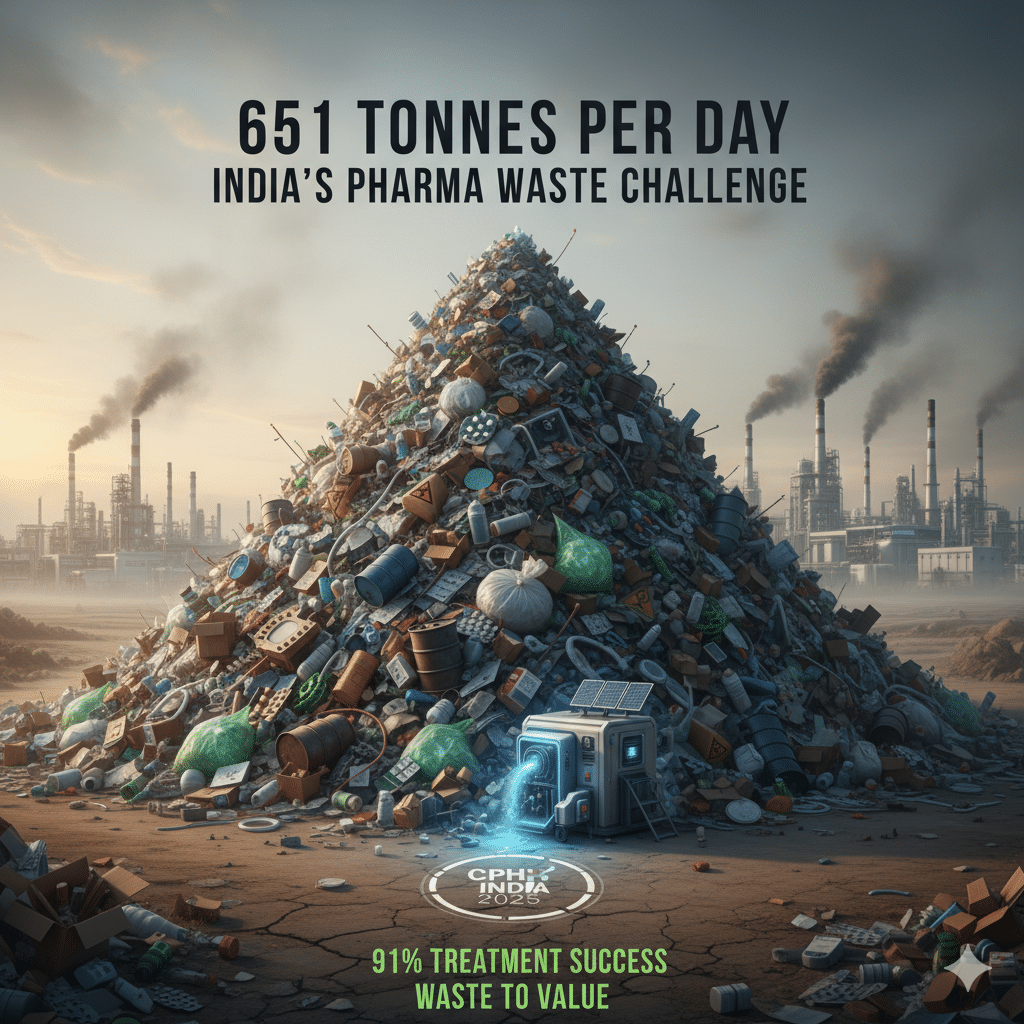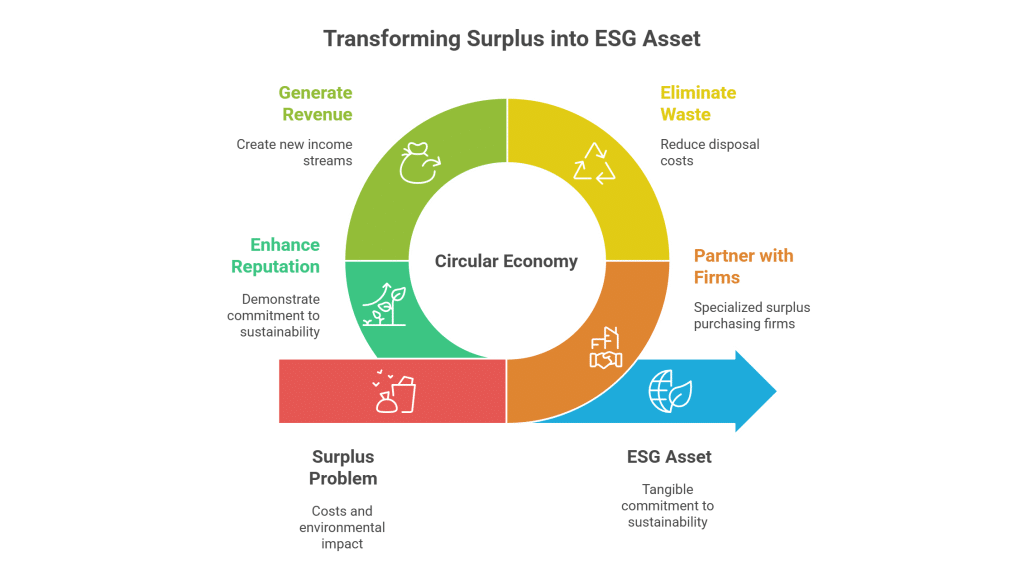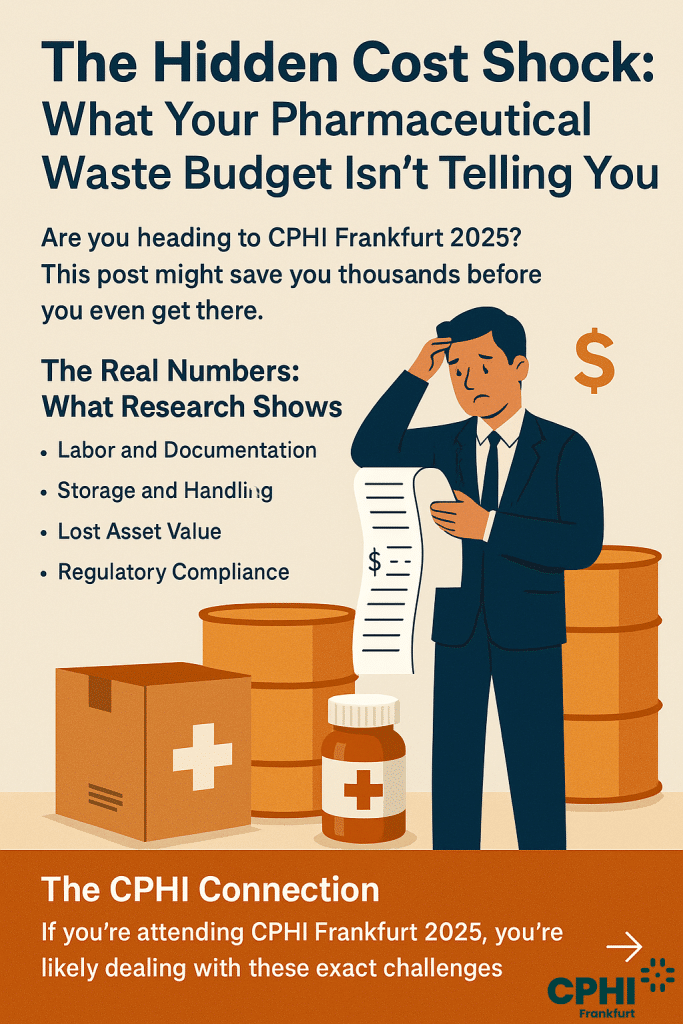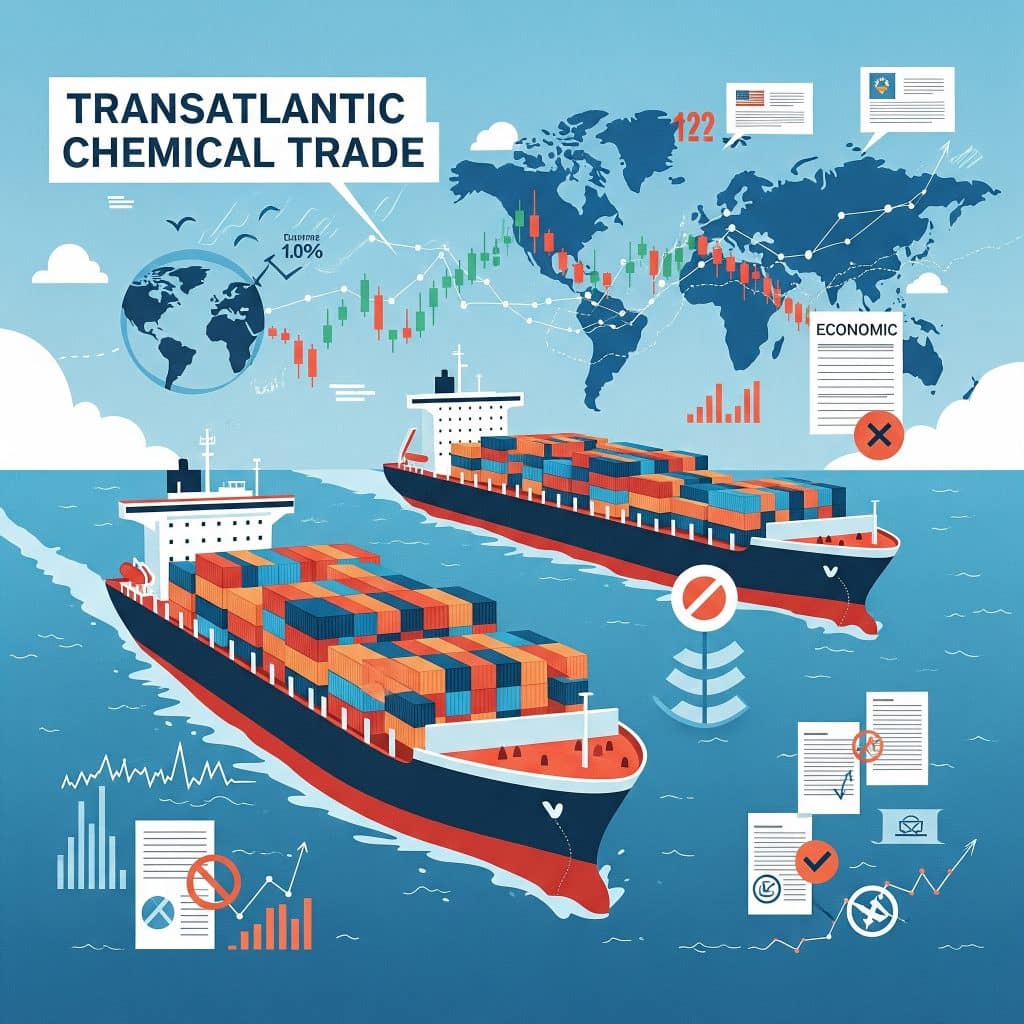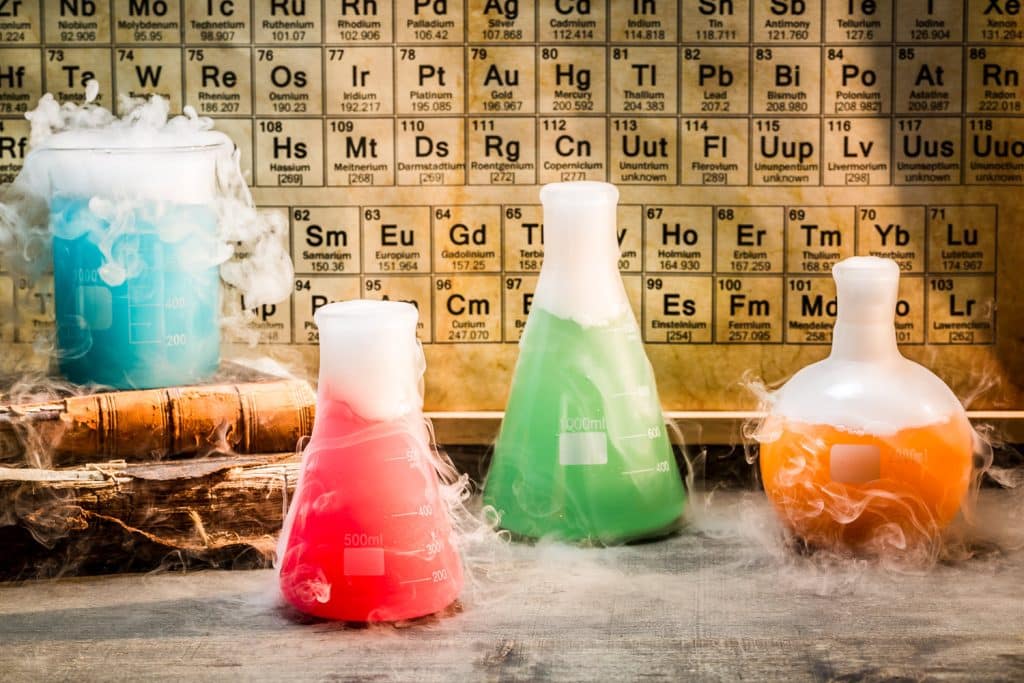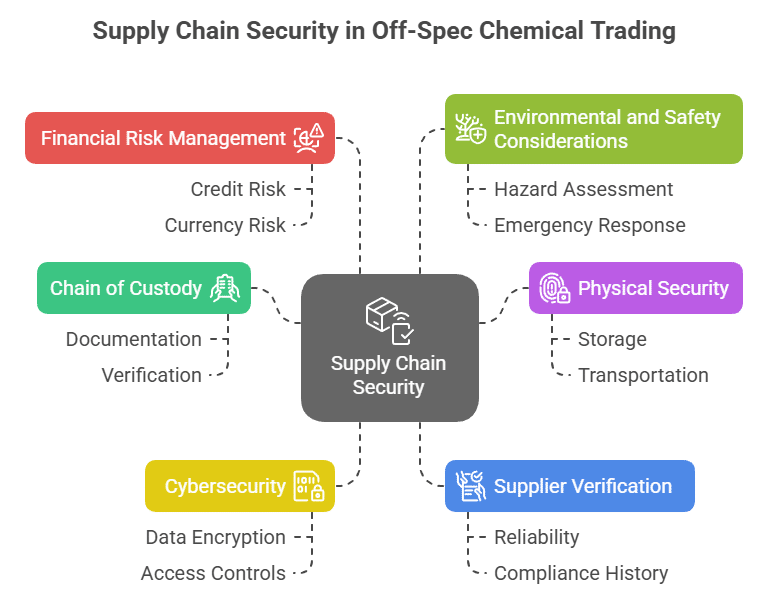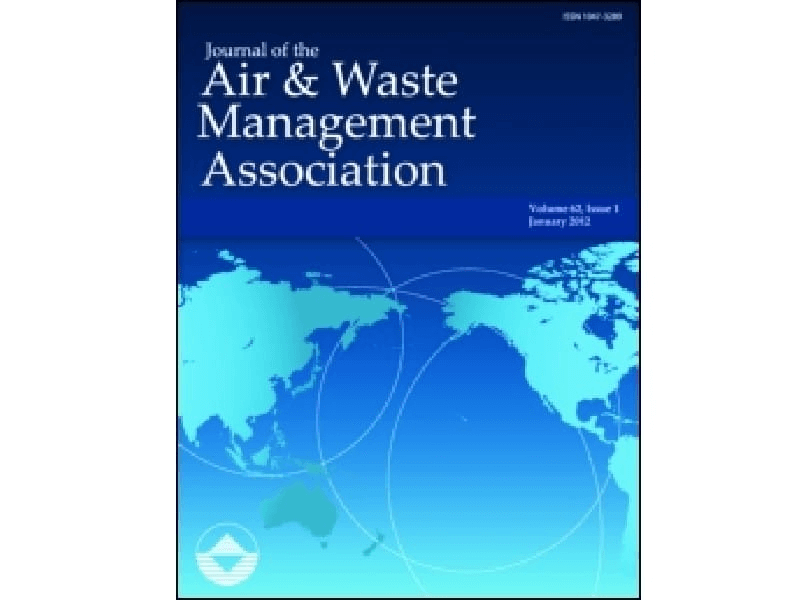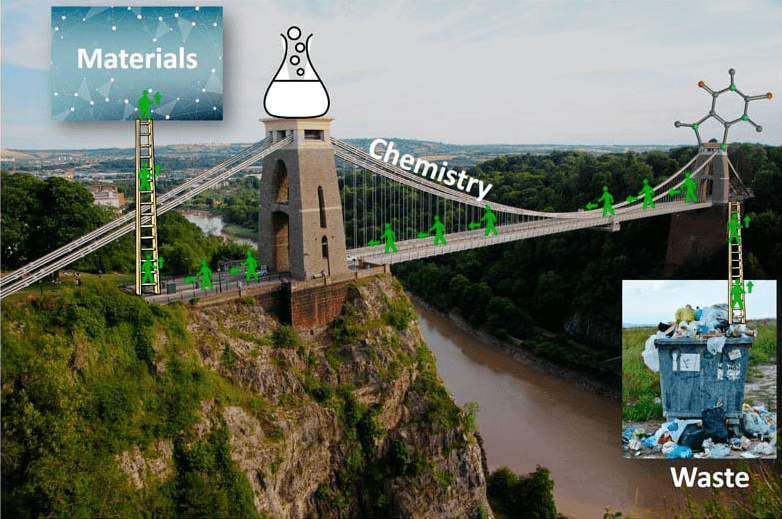Revolutionizing Metal Etching with Surplus Phosphoric Acid
Phosphoric Acid in Metal Etching: Transform Surplus into Value
Phosphoric Acid in Metal Etching
Table of Contents
Successful Surplus Trading: Enhancing Metal Etching Processes
A prominent metal fabrication firm was facing challenges with excess stocks of phosphoric acid due to shifts in production demand. Instead of incurring high disposal costs, the company engaged with a surplus chemical trading partner to monetize its excess inventory. The surplus phosphoric acid was directly applied in their metal etching process, where it efficiently removed rust and prepared metal surfaces for subsequent finishing. This not only led to a significant reduction in storage expenses and hazardous waste management costs but also ensured consistent quality in their products. The successful turnover enabled the company to invest in further technological enhancements and maintain a robust supply chain, demonstrating how surplus trading can transform operational challenges into strategic advantages.



